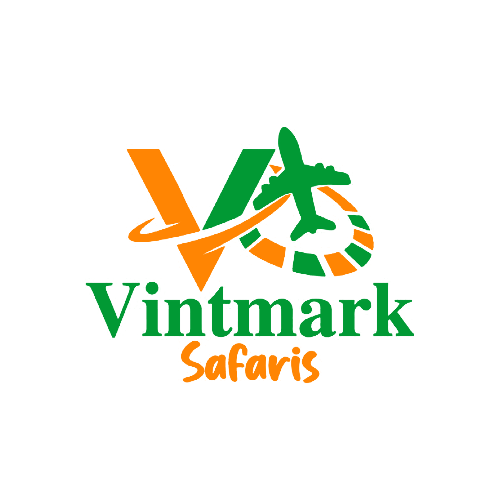The Masai Mara National Reserve, a pivotal wildlife haven in Kenya, is known for its exceptional populations of lions, African leopards, Kenyan cheetahs, and the annual migration of zebra, Thomson’s gazelle, and wildebeest to and from the Serengeti every year from July to October, known as the Great Migration. For those planning a visit, here is a detailed guide to the park fees effective from 2024, ensuring travelers can prepare adequately for their adventure in this iconic reserve.
Entry Fees for Non-Residents
– Peak Season (July to December): Adults at USD 200 per day, while children and students are charged USD 50 per day.
– Low Season (January to June): Adults at USD 100 per day, with children and students remaining at USD 50 per day
Entry Fees for Residents and Kenyan Citizens
– Peak Season: Adults are charged KES 3000, and children/students KES 1000.
– Low Season: Adults at KES 1000, with children/students fees staying at KES 1000.
Camping Fees
For those looking to experience the reserve overnight, camping fees vary based on residency status and the type of campsite (public or private). A notable point is that private campsites require a booking fee of KES 10,000
Vehicle and Other Fees
– Vehicle Entry: Fees are based on the vehicle’s capacity, with charges for vehicles ranging from KES 400 for less than 6 seats to KES 5,000 for 45 seats and above.
– Ranger Fees: Game drives longer than 6 hours are charged KES 3,000, while shorter drives and full-night camp security have their respective fees.
Payment Modes
Visitors can pay the entrance fees in cash (US Dollars or Kenyan Shillings) at the entry gates. However, for the western side of the reserve, notably the Mara Triangle – Mara Conservancy area, only cashless payments are accepted (either Visa/Mastercard or Mpesa Mobile Money). Cashless modes are also an option for all other Masai Mara gates, including Sekenani and Talek gates.
Additional Notes
– The park fees structure was revised to accommodate the increasing costs associated with maintaining and conserving the reserve, reflecting the commitment of visitors to the sustainability of this cherished area.
– It’s essential for visitors to carry identification and proof of residence to avail of the cheaper resident rates and comply with the park rules and regulations to ensure a safe and enjoyable experience for all.












